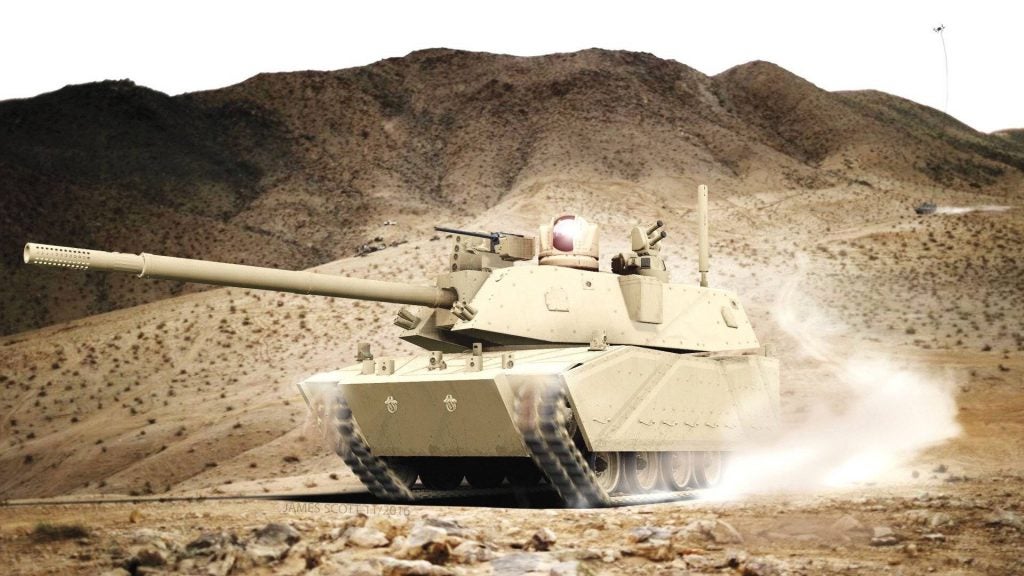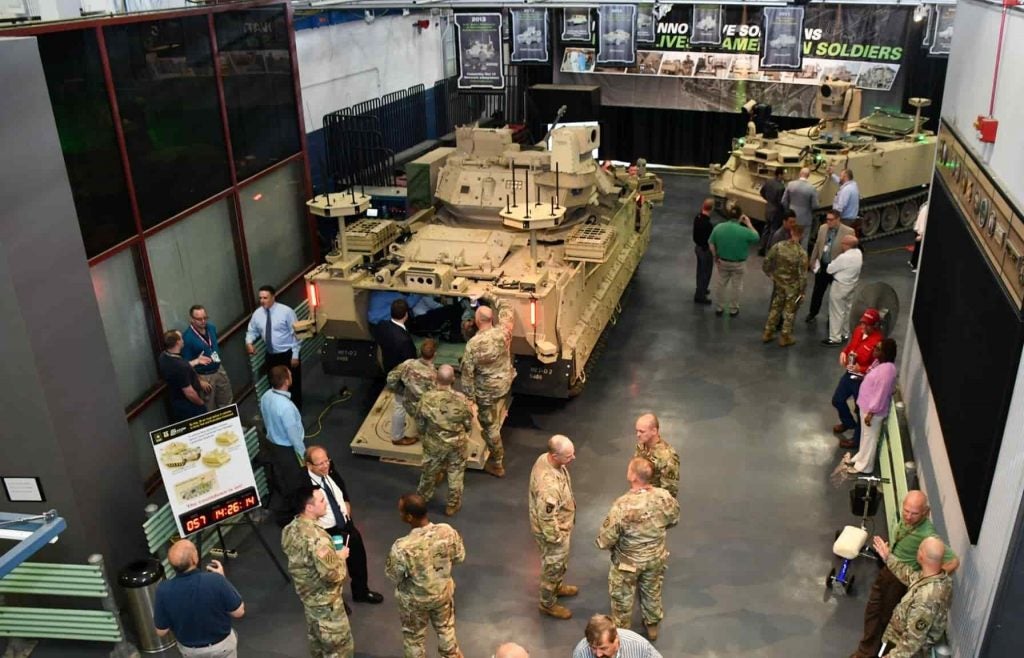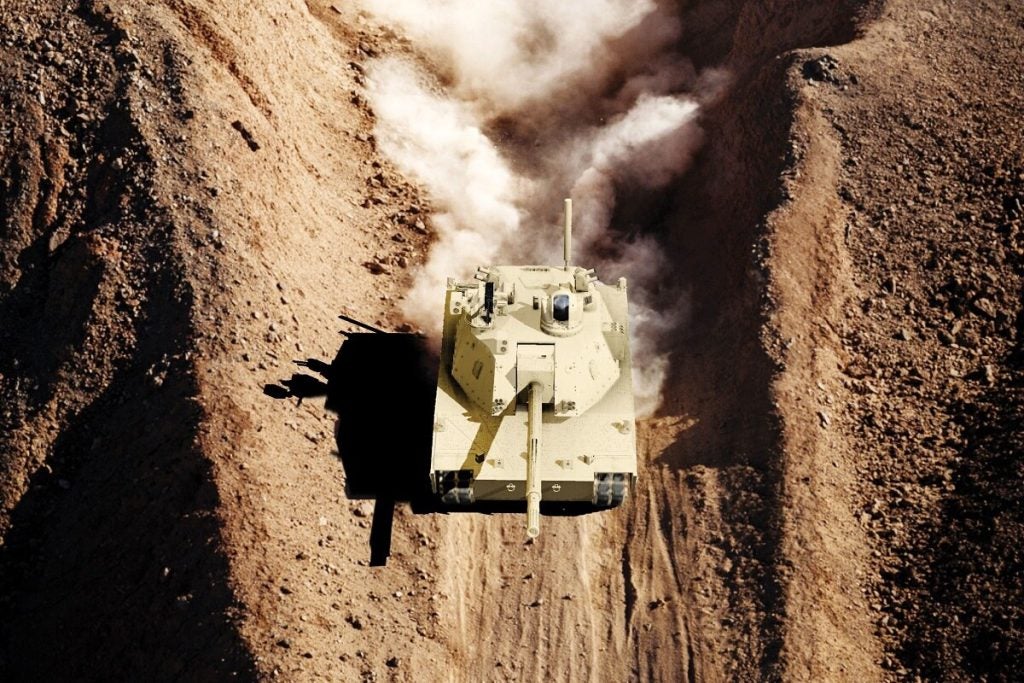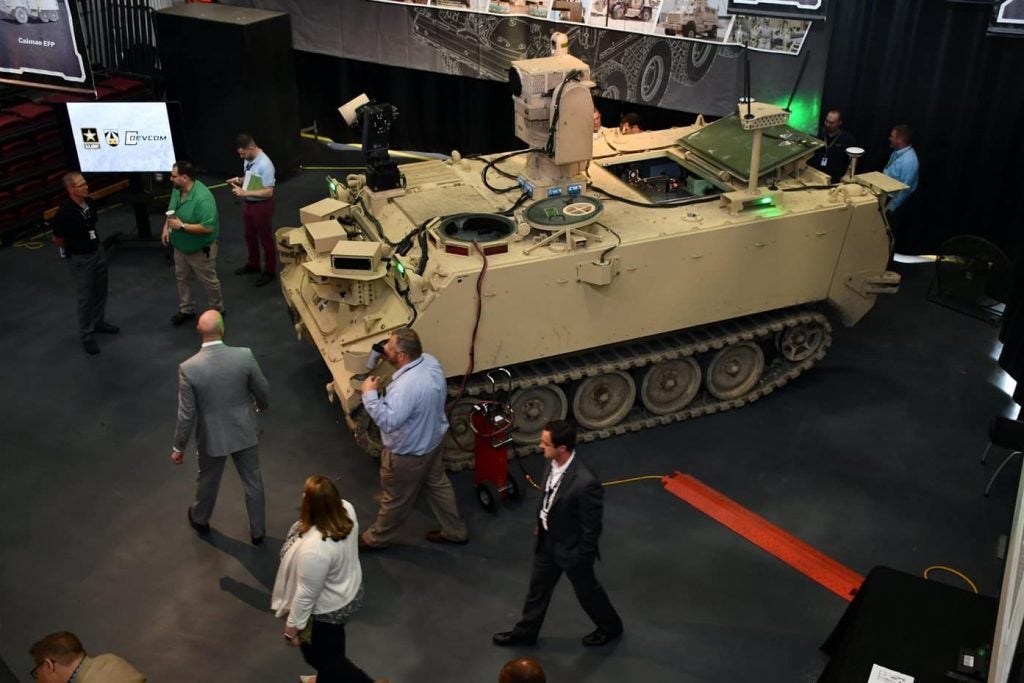US Army Releases Details on a Phased Plan for Robotic Combat Vehicles
During a media day in the run-up to Army Future Commands declaration of Full Operational Capability on July 31st, Brig. Gen. Richard Coffman highlighted his vision for the Army’s robotic combat vehicle (RCV) program. As head of Future Command’s Next Generation Combat Vehicle team, Gen. Coffman oversees both the development of the Optionally Manned Fighting Vehicle (OMFV), which is to replace the Bradley IFV, and the family of RCVs that will complement it. This family of RCVs is made of 3 different weight classes; RCV-Light at <10 tonnes, RCV-Medium at 10-20 tonnes, and RCV-Heavy at 20-30 tonnes. They each are capable of carrying weapons and each serves a distinct role as part of a system with OMFV as the centerpiece command vehicle.
RCV-L is seen as an “expendable” platform mounting only a single ATGM or other similarly sized weapons along with a “robust” sensor package. Many existing systems like THeMIS’ Milrem and Rheinmetall’s Mission Master fill this weight class and cost expectations.
RCV-M will have armament close to that of modern IFVs including medium caliber cannon and multiple ATGMs. It will also wear more armor than it’s little brother and will likely act as a general-purpose combat vehicle.
RCV-H will be the robot tank killer, carrying with it a 120mm cannon and significant armor. Unlike the others, cost efficiency is not a primary concern and the system is considered non-expendable.

Robotic vehicles bring with them a lot of new technology and the Army has recognized the risk of a potential developmental quagmire. To alleviate this the program has been broken into 3 phases.
The first phase will involve a platoon-sized element of testbeds (4 vehicles). Modified M2 Bradley’s, known as MET-Ds, will serve as control vehicles for unmanned M113s that act as surrogates for RCV-H. In the back of the MET-D are control stations for two pairs of driver and gunner that will control the RCV-H surrogates. Testing of 2 MET-Ds together controlling 4 surrogates are expected to begin in 2020. While this is taking place solicitation will begin for RCV-L and RCV-M prototypes. Following this, a company-sized test (3x platoons) is anticipated in 2021, with 4 RCV-L and 4 RCV-M being introduced along with 4 more MET-Ds. The 12 RCVs and 6 MET-Ds will perform tests together as a combined team. Prototype RCV-Hs are expected to replace the M113 surrogates in 2023. Gen. Coffman was clear that the tests were largely to observe the state of the technology and were not guaranteed to produce an operational system. That said the Army is hoping for an operational system by 2026, the same year OMFV is expected to wrap up initial development.

Core to the experiment is the maturation of AI-enabled software that will reduce crew workload in the area of land navigation and target identification. The end desire is for the entire 12 vehicle team to be controllable by a single individual. Gen. Coffman was realistic about the endeavor.
“We’re not talking about killer robots that you just let out, let it go and conduct a mission and then come back. What we’re talking about is being able to understand terrain, its impacts, how the enemy will use that, moving into a position of relative advantage to enable either other robots or humans to accomplish the mission. That’s absolutely something we’re striving for, but we are years, if not a decade away from having that capability.
– Brig. Gen. Richard Coffman


